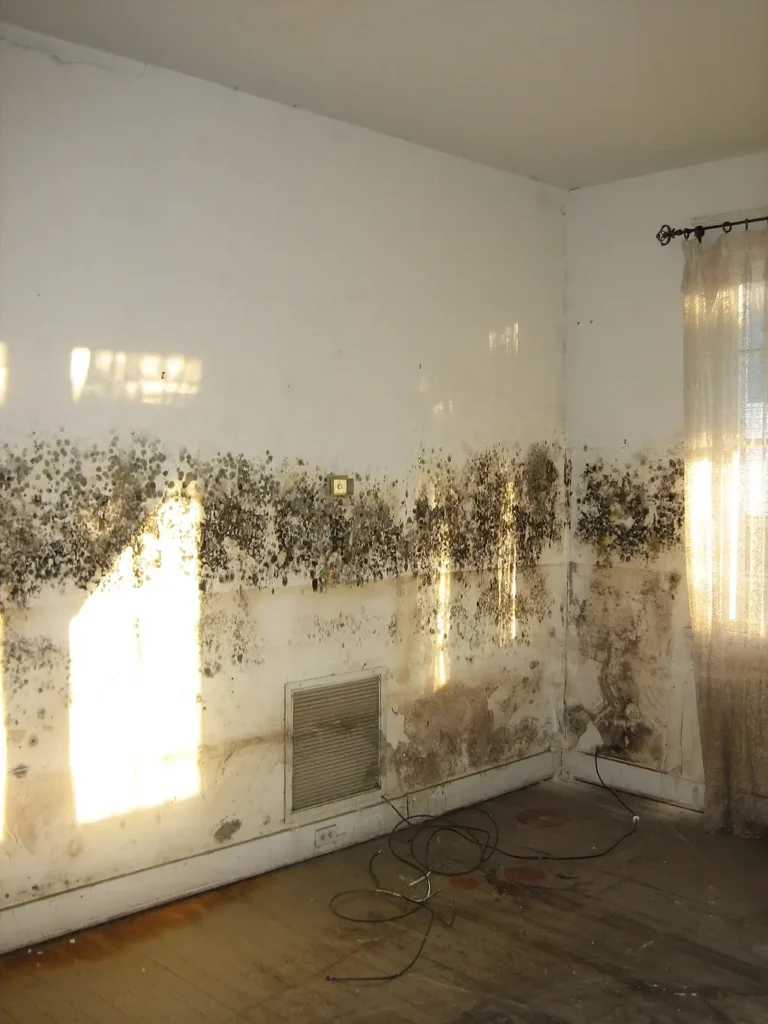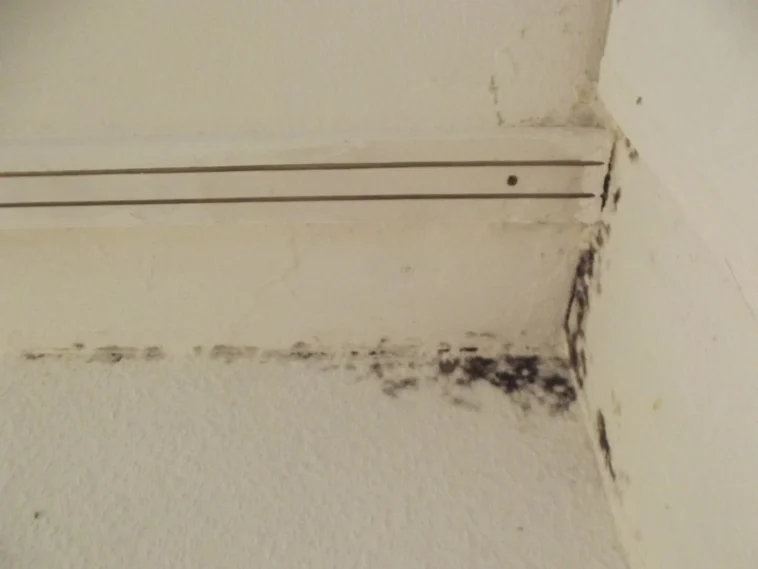Mold is a common problem in many homes, often starting as a small spot that might not seem like a big deal. However, mold can harm your health and damage your house. The best approach is to prevent mold from growing in the first place by keeping your home dry and well-ventilated.
However, even with the best preventative measures mold can grow too much for you to manage on your own, especially in damp areas or older homes. When this happens, it’s important to call in a professional like Vancouver mold removal. Otherwise, you’ll end up with a number of problems. In this article, we will go over several problems that mold can cause if you don’t take care of it.
1. Health problems
Being around mold can cause different health problems. Most of them will be minor but others can be serious. In the short term, mold exposure can lead to allergic reactions including sneezing, coughing, and watery eyes, similar to common allergy symptoms. It can also cause asthma attacks and irritation of the and cause irritation to the eyes, skin, nose, throat, and lungs, leading to uncomfortable respiratory problems.
If you’re around mold a lot over time, there’s a potential link between long-term mold exposure and the development of chronic respiratory diseases. Long -term exposure could lead to persistent health problems affecting your quality of life and overall health. There’s also concern about mold exposure contributing to other chronic conditions over time.
Some people are more affected by mold than others. Children and senior citizens, who often have weaker immune systems or pre-existing health conditions, can be more susceptible to the effects of mold. For them, mold can be a serious health risk.
Also, people with respiratory conditions, such as asthma or chronic obstructive pulmonary disease (COPD), are at increased risk of having their conditions triggered by mold exposure. If you have a compromised immune system, you’re at higher risk of suffering more severe health impacts from mold.
2. Structural problems
Mold can also cause a lot of damage to your home. Drywall is porous so it’s highly susceptible to mold due as it can absorb moisture which provides a fertile ground for mold growth. Once it’s saturated with mold, drywall loses its structural integrity and often needs to be replaced entirely.
Also, insulation contaminated with mold is not as effective in regulating a home’s temperature and has to be replaced to prevent continuous mold growth and energy inefficiency.
When mold grows on these materials, it starts to break them down. For instance, wood affected by mold can soften, losing its strength. Mold can lead to weakened structural integrity of your home, making it less safe. It can cause rot and decay, which are difficult and costly to repair.
Mold-infested homes often require extensive and expensive repairs. The key thing to remember is that Insurance may not always cover mold damage. Many insurance policies do not cover mold damage if it results from neglect or a failure to maintain the property. This leaves you on the hook to pay for costly repairs and demolition. It’s extremely important to make sure to deal with mold as soon as it appears before it has the chance to do any long term damage.
3. Lower property value
Mold in your house can really lower its value and make it hard to sell. When buyers see mold, they often think the house hasn’t been taken care of properly and worry about what other problems might be hidden. Also, getting rid of mold can be expensive, and buyers don’t want to deal with that extra cost and hassle.
When you sell a house, you usually have to tell potential buyers if there’s been mold. This can make them offer less money, because they’ll be thinking about the cost of fixing the mold and any other issues that come with it.
Even after the mold is gone, just knowing the house has mold can keep some buyers away, which might make you lower the price to get more interest. In the end, having mold means you might get less money for your house and it could take longer to sell.

4. HVAC contamination
When mold gets into your HVAC system, it can cause problems throughout your whole house. Mold spores can travel through the air ducts and spread every time you turn on your heating or cooling system making a small mold issue much worse.
Mold in the HVAC system can also make your heating and cooling system less efficient and shorten its life. It can block air filters quickly, which makes your system work harder and use more energy, leading to higher bills. Over time, this constant strain can damage your HVAC system.
Getting rid of mold in an HVAC system is not easy and usually needs a professional. HVAC repair technicians use special tools and cleaners to remove mold from places that are hard to reach, like inside the ducts.
5. Cosmetic damage
Mold can also cause cosmetic damage to your home, which can be difficult to fix. It tends to leave stains and discolorations on whatever surfaces it grows on, like walls, ceilings, and furniture.
Getting rid of these stains is not very easy. Sometimes, even if you clean up the mold, the stains remain and the only solution is to repaint or replace the damaged items. This means more costs and effort, especially if large areas or valuable items are affected.





